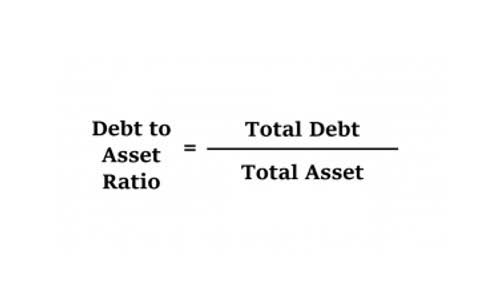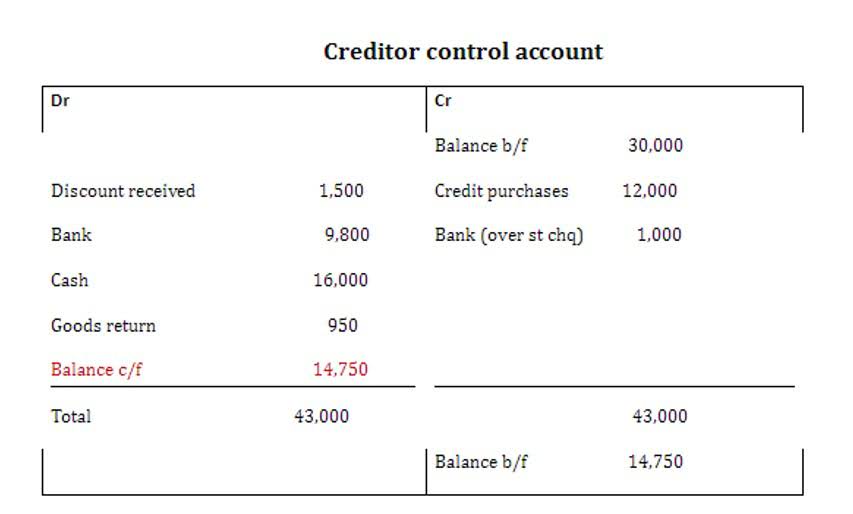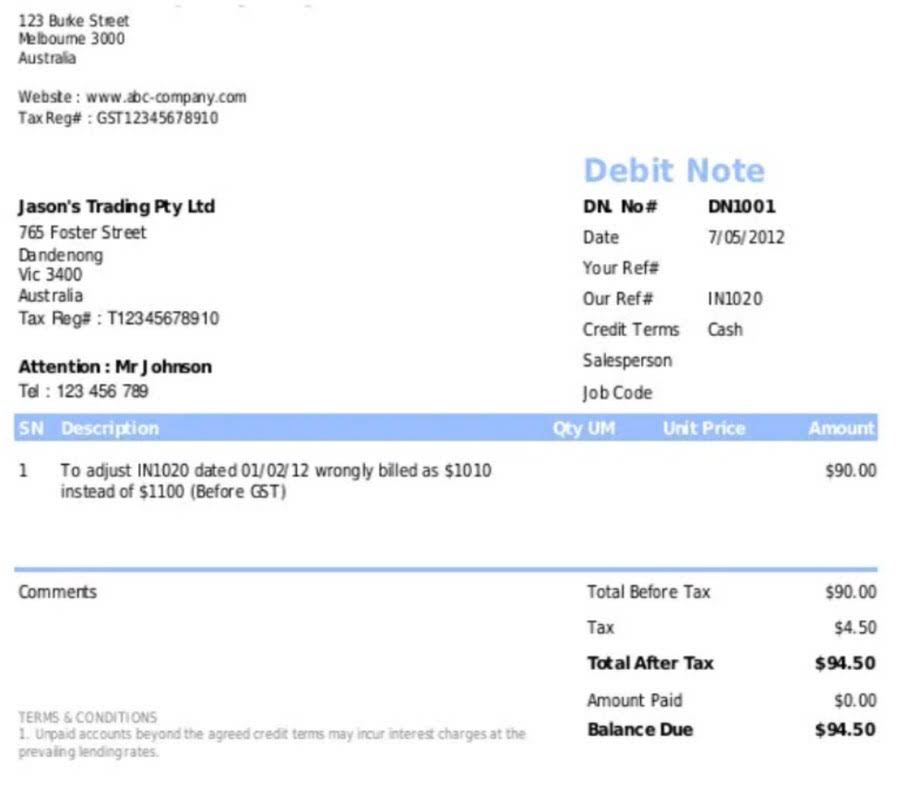
Retained earnings are part of the profit that your business earns that is retained for future use. In publicly held companies, retained earnings reflects the profit a business has earned that has not been distributed to shareholders. Ways of describing negative retained earnings in the balance sheet are accumulated deficit, accumulated losses, or retained losses.
Applications in Financial Modeling
- In publicly held companies, retained earnings reflects the profit a business has earned that has not been distributed to shareholders.
- Not every business needs a statement of retained earnings, so it’s likely not included with the regular financial statements your bookkeeping staff typically prepares.
- As stated earlier, there is no change in the shareholder’s when stock dividends are paid out.
- Retained earnings appear under the shareholder’s equity section on the liability side of the balance sheet.
- The other half of the profits are considered retained earnings because this is the amount of earnings the company kept or retained.
- When a prior period adjustment is used, it appears as a correction of the beginning balance of RE and is fully described.
- If an investor is looking at December’s financial reporting, they’re only seeing December’s net income.
For traded securities, an ex-dividend date precedes the date of record by five days to permit the stockholder list to be updated and serves effectively as the date of record. The last two are related to management decisions, wherein it is decided how much to distribute in the form of a dividend and how much to retain. Retained earnings (RE) are created as stockholder claims against the corporation owing to the fact that it has achieved profits. Retained earnings represent the portion of the cumulative profit of a company that the business can keep or save for later use. They can boost their production capacity, launch new products, and get new equipment.
Why You Need a Statement of Retained Earnings

Distribution of dividends to shareholders can be in the form of cash or stock. Cash dividends represent a cash outflow and are recorded as reductions in the cash account. These reduce the size of a company’s balance sheet and asset value as the company no longer owns part of its liquid assets. You’ll want to find the financial statements section of a company’s annual report in order to find a company’s retained earnings balance and all the supporting figures you’ll need to complete the calculation.
How Dividends Impact Retained Earnings
- On the other hand, though stock dividends do not lead to a cash outflow, the stock payment transfers part of the retained earnings to common stock.
- As a result, any items that drive net income higher or push it lower will ultimately affect retained earnings.
- When dividends are declared in a period, they must be deducted in the statement of retained earnings of that period.
- That is the amount of residual net income that is not distributed as dividends but is reinvested or ‘ploughed back’ into the company.
- Finally, the closing balance of the schedule links to the balance sheet.
- Cash dividends are a cash outflow from the company, reducing its cash balance.
Such a balance can be both positive or negative, depending on the net profit or losses made by the company over the years and the amount of dividend paid. The beginning period retained earnings is nothing but the previous year’s retained earnings, as appearing in the previous year’s balance sheet. A company’s retained earnings balance can be found on the shareholder’s equity section of the balance sheet (one of the 3 core financial statements), which can be found in the company’s annual report or website. Instead, they reallocate a portion of the RE to common stock and additional paid-in capital accounts. This allocation does not impact the overall size of the company’s balance sheet, but it does decrease the value of stocks per share.
It can demonstrate significant profitability and increased earnings to the analysts. Despite this, not using its earnings balance may not be a good thing as this money loses value over time. And they want to know whether they can do better with other investments. An investor example of retained earnings statement may be more interested in seeing larger dividends instead of retained earnings increases every year. Much like any other part of a business, there can be downsides to retained earnings. Retained earnings are a shaky source of funds because a business’s profits change.
Do you already work with a financial advisor?

This is the final step, which will also be used as your beginning balance when calculating next year’s retained earnings. To find the current retained earnings of the company, we can add the increase in retained earnings to its opening balance. Therefore, the balance in the account may be a good indicator of the company’s financial performance and health. Also, your retained earnings over a certain period might not always provide good info. For instance, say they look at your changes in retained earnings over the years.


Setting up a Statement of Retained Earnings
- Retained earnings can typically be found on a company’s balance sheet in the shareholders’ equity section.
- Learn how to find and calculate retained earnings using a company’s financial statements.
- This, of course, depends on whether the company has been pursuing profitable growth opportunities.
- It may be done, however, if management believes that it will help the stockholders accept the non-payment of dividends.
- Since idle money does not gain value over time without being invested, it may quickly deteriorate in value.
Leave a Reply